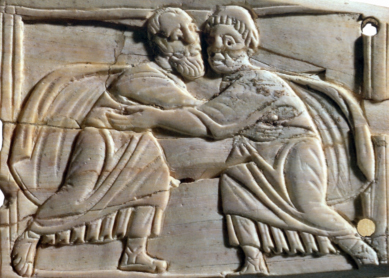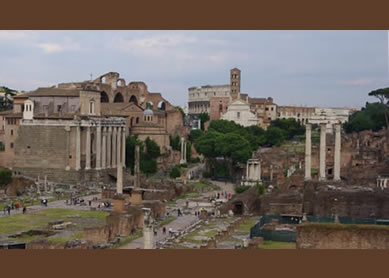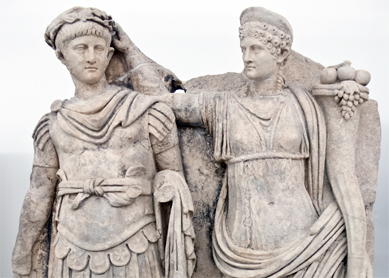When we come to the early martyr texts the first thing we have to keep in mind is that all of these texts were written for a reason. None of them is written to relay the objective historical facts of the events they’re discussing. All of them have a context.
So, one context for many of these texts has to do with church authority. If a martyr comes from a certain city or if a martyr dies in a certain city that might give the church in that city some kind of extra authority; and the famous case with this is Peter and Paul in Rome. The traditions say that Peter and Paul both died as martyrs in Rome; and in the early centuries of early Christianity, the Roman church uses these stories to bolster their own authority: “We are the church founded by Peter and Paul; we are the city where they died, and they sealed our church with their very blood; therefore, the Roman church has some authority, you should listen to us.”
The other stories we know were written to condemn heretics. Now sometimes these heretics show up as minor characters who maybe make a cameo appearance and they’re identifiable by maybe a regional designation or something that clearly identifies them; but when the moment of testing comes, they always fall away because that’s what heretics do. Heretics fall away when the moment of testing comes. In North Africa, for example, we have a larger scope with this. In the fourth and fifth centuries, there was a controversy between two rival ecclesiastical power structures; and we had accounts of martyrs being written in ways to show that the other was heretical, the other was not legitimate, that people from the other side were actually helping to kill Christians. So, these texts were written really to serve political purposes in some cases.
Another important theme with these martyr texts that shows up a lot is suffering. Part of early Christian identity was suffering. Because Christ had suffered, those who would imitate Christ should suffer in the way that Peter and Paul did. So, a real Christian is someone who suffers and the martyr texts lift up suffering as an example for all Christians to follow.
Now I don’t want to indicate or suggest that there’s no history in any of these texts; there is that view out there, that all of these texts are fictitious, I’m not saying that, but we do need to read them with some care. We need to be aware of the context in which these texts are written and the context for which these texts are written and that will give us a little better insight into the world of early Christians.




